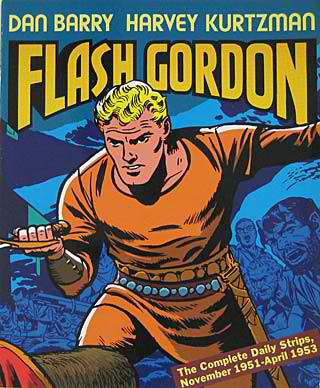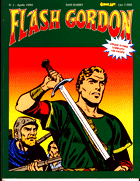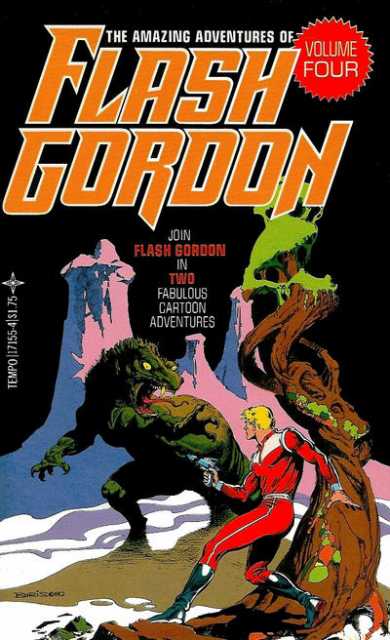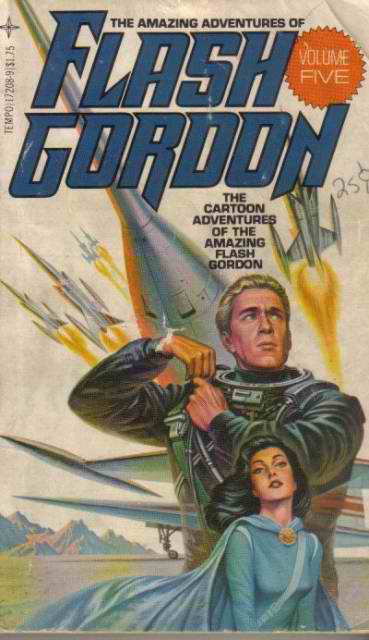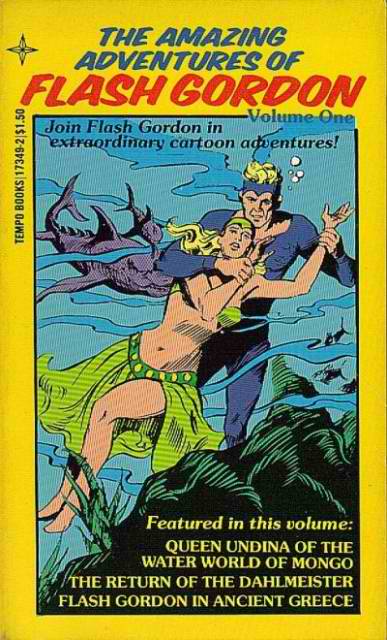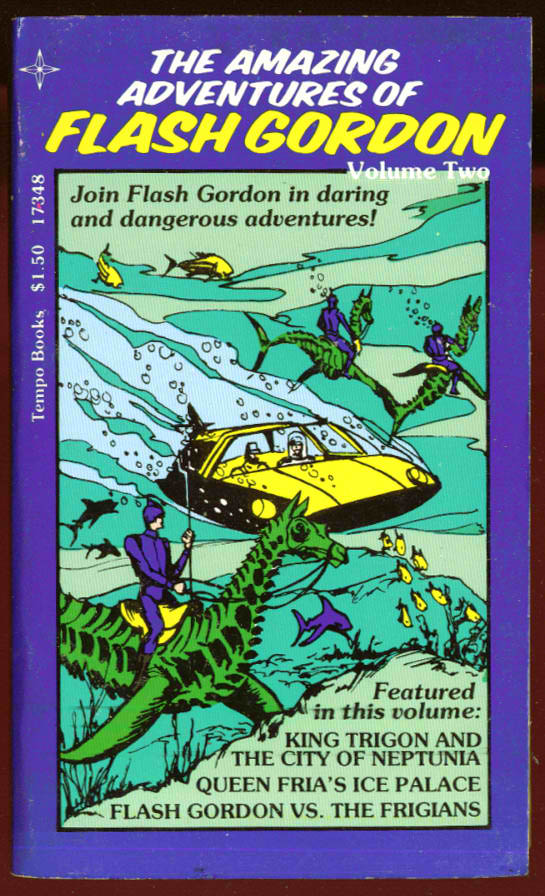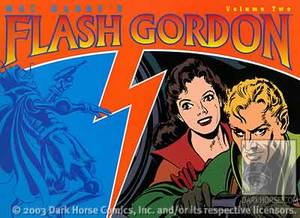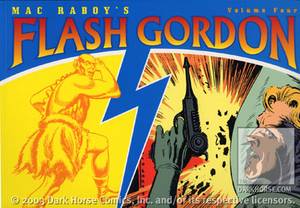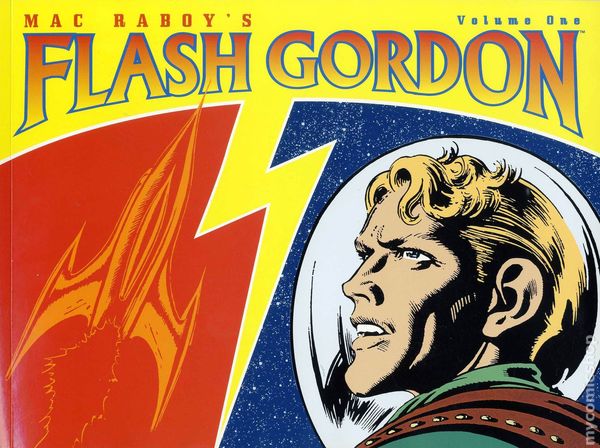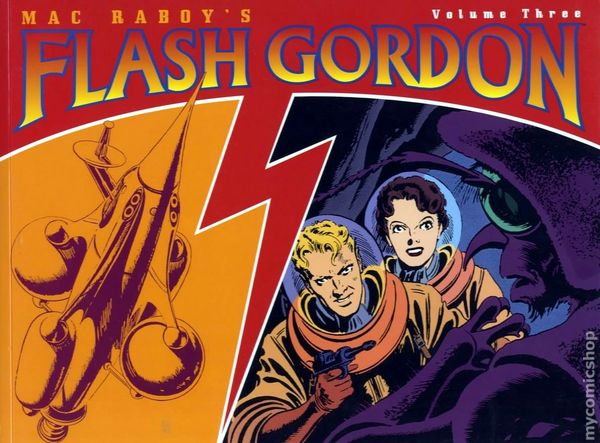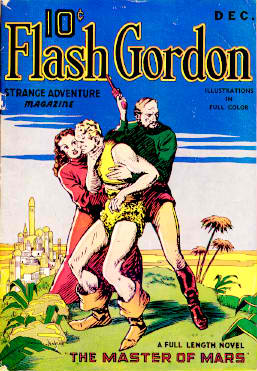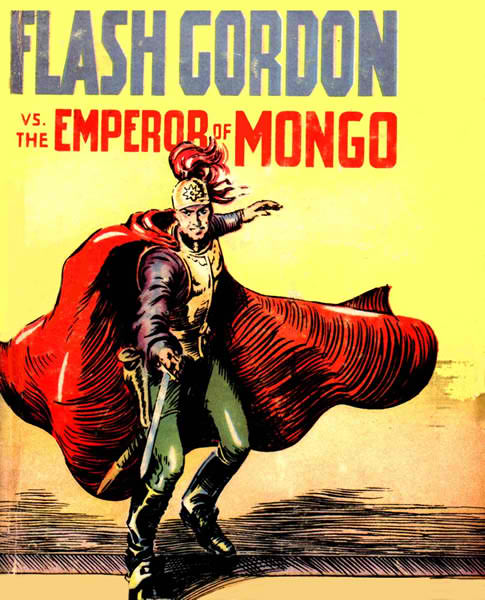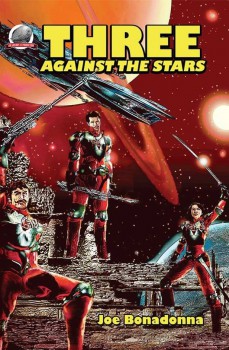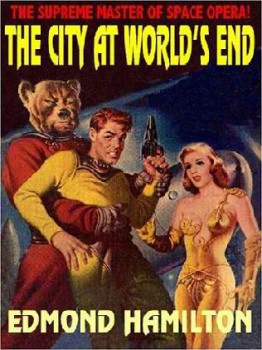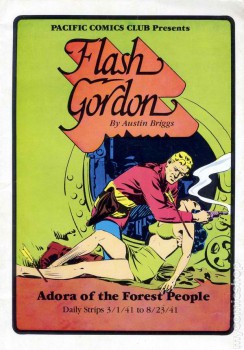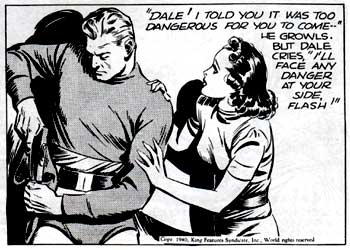Blogging Dan Barry’s Flash Gordon, Part Five
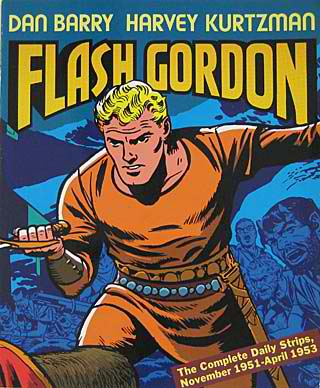
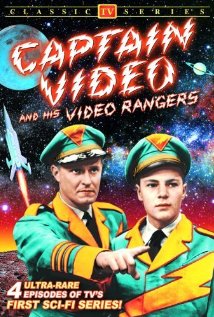 “The Space Kids on Zoran” was Dan Barry’s first Flash Gordon storyline following the departure of Harvey Kurtzman from the strip. It was published by King Features Syndicate from April 21 to October 24, 1953. The storyline shows the influence of Captain Video and his Video Rangers, the seminal series that was to the first television generation what the Buster Crabbe Flash Gordon serials had been to their parents. As the storyline progresses, Barry incorporates another Biblical parable, this time offering up a space age twist on the Christ story.
“The Space Kids on Zoran” was Dan Barry’s first Flash Gordon storyline following the departure of Harvey Kurtzman from the strip. It was published by King Features Syndicate from April 21 to October 24, 1953. The storyline shows the influence of Captain Video and his Video Rangers, the seminal series that was to the first television generation what the Buster Crabbe Flash Gordon serials had been to their parents. As the storyline progresses, Barry incorporates another Biblical parable, this time offering up a space age twist on the Christ story.
Dan Barry had settled into a more comfortable style with the characters that was recognizably his own take on Alex Raymond’s original work. This style would remain constant until the early 1980s. The story begins with Flash and Dale driving to visit Ray Carson, who has set up a club called the Space Kids at an abandoned site. The boys have built a full-size model rocket out of wood and spare parts that Ray’s father gave him. Flash agrees to help the boys that weekend. There is a definite switch to a more juvenile approach to the strip, with the portrayal of the kids more reminiscent of Harvey Comics than a dramatic adventure strip. The sight of Flash smoking a pipe as he surveys the youngsters’ work is also somewhat disconcerting.
From there, Flash leaves for a meeting with aeronautics industrialist, J. B. Pennington, who is employing Ray’s dad to build a rocket and has hired Flash to fly it. Pennington is the stereotypical capitalist authority figure. He is dismissive of his employees and unloving to his young son, Cyril. Flash’s contemptuous attitude is meant to endear him to the young readers of the strip more than it is to offer social criticism as the generation gap becomes one of the major themes of the storyline.
